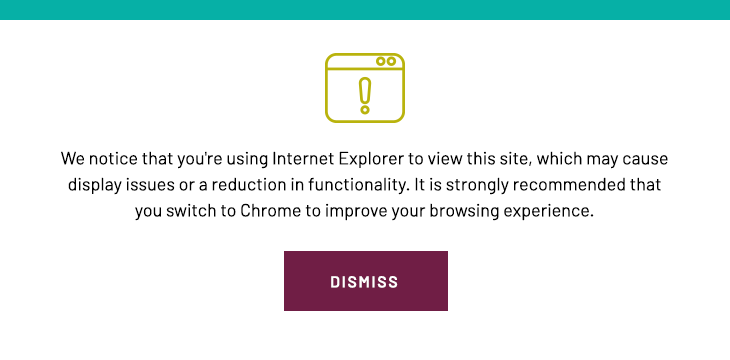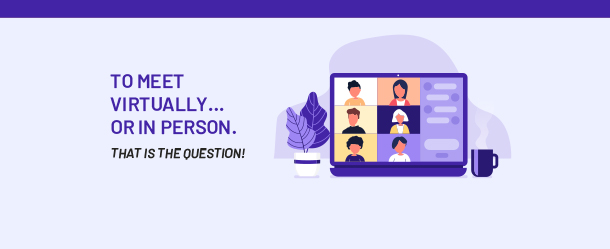To Meet Virtually…or In Person. That is the Question!
“Jenny…Jenny, yes, you are still muted!!” “Donny, let’s let someone else talk now!!”
These oft-repeated occurrences frustrate today’s remote work environment. But the important part is that the work continues, despite Jenny and Donny’s computer skills and personalities. At MBP, our Optimization Strategies Group conducts facilitated workshops, both for project and process improvements. The project improvement exercises typically take the form of value engineering workshops, which involve assembling an independent group of architects and engineers to study a project design and identify value improvement ideas. Our process improvement workshops are facilitated Lean Six Sigma exercises, which assemble individuals to streamline and improve processes they are involved in or affected by. Of course, prior to COVID, these workshops were held in person. But since March of this year, they have been conducted virtually and we have learned a lot from our online facilitation efforts:
Disadvantages of Virtual Workshops
Let’s be honest, there are obvious disadvantages to virtual workshops. But we have managed to find ways of minimizing, if not overcoming, them:
- The Jenny’s of the world – there always seems to be someone with IT or user issues. To help avoid those situations, MBP issues a checklist to all participants for online meeting logistics and protocols to help ensure efficient and effective meetings.
- The Donny’s of the world – a virtual environment doesn’t allow for visual cues, so pre-study meetings address ground rules to allow for balanced input across the team.
- Reduced collaboration during brainstorming – is a natural outcome of virtual meetings but our facilitators encourage team members to brainstorm across discipline lines or ask questions outside their area of expertise.
- Team members can become disengaged in a virtual environment – if there are multiple candidates who have the right experience for the team, select a participant who most enjoys the creative brainstorming process. The right team members will stay engaged whether virtual or in-person.
- Virtual workshops can feel chaotic – for that reason, our facilitators spend more upfront time preparing for the workshops – when the leader has more in-depth knowledge of the project/process, we have found more collaboration takes place.
Advantages of Virtual Workshops
Not everything about virtual workshops is bad. There are a number of real advantages:
- Less “Judging” – virtual meetings naturally result in less interactive discussion, which can benefit the workshop by minimizing judging which inhibits brainstorming during creativity sessions.
- More insight – more project team members can participate when their current design or process is presented to the improvement team, which gives the improvement team an opportunity to gather the most in-depth information directly from the larger project team.
- More engagement – more project stakeholders can participate in workshop out-briefings, giving them an opportunity to hear for themselves the recommendations of the improvement team and ask any and all questions they might have. In a recent MBP-led workshop, 37 project stakeholders connected in to hear the project improvement ideas resulting from the workshop!
- Improved workshop timing – a workshop can be held at the appropriate time in the project development process (as opposed to delaying until an in-person workshop can be arranged).
- Less expensive – lower workshop costs due to eliminating travel expenses.
Tips and Lessons Learned for Effective Virtual Workshops
Given the unique nature of virtual workshops, we assembled some tips and tricks we use to make the most of this new medium.
Conducting a pre-workshop briefing with the team provides the following benefits:
- Serves as a dry run to check use of IT, sound, sharing of documents, etc.
- Establishes the ground rules such as use of cameras during sessions
- Introduces all team members involved in the workshop
- Provides an overview of the agenda for the workshop
- Clearly sets expectations for team members in completing any workshop preparation
- Reminds the team of the need for full-time, focused engagement in sessions
- Serve to kick-start creativity by discussing a few improvement opportunity areas
Virtual workshop sessions are most effective when the workshop team:
- Utilize computer video cameras so the team stays engaged
- Share documents online while discussing
- Utilize mapping tools such as Google Maps to visualize the current conditions (for site-related projects)
- Share ideas in real-time on screen to promote collaboration
- Use breakout rooms within virtual tools (WebEx, Zoom) when a subgroup needs to sidebar
- Facilitate the out-briefing of workshop results methodically: (1) present an idea; (2) then take questions; (3) present next idea, etc.
- Engage an experienced team leader who can promote brainstorming of potential improvements based on their extensive past experience on similar projects
- Identify a team that is both technically experienced and enjoys the brainstorming process
- Utilize “check-in” sessions to monitor progress and promote communication between team members if the workshop requires off-line development sessions
- Include additional breaks as compared to in-person workshops
- Opt for multiple half-day sessions rather than attempting to meet for entire days (specifically for process improvement workshops)
- Distribute contact information and encourage interaction to ensure communication lines are open
Conduct Virtual Workshop or Delay Until After COVID Subsides?
So, do we host the workshop virtually or wait until some point in the future? Given the uncertainties of our times, it can be difficult to forecast when the right time may be, but we have found that there is no need to wait and, in the case of project improvement workshops, waiting beyond the 35% design stage can result in unnecessary redesign. Workshops can proceed effectively in the virtual environment when conducted with an experienced facilitator and the right team at the right point in project development.
Related Reading: Let’s Meet the COVID-19 Challenge Together




Comments